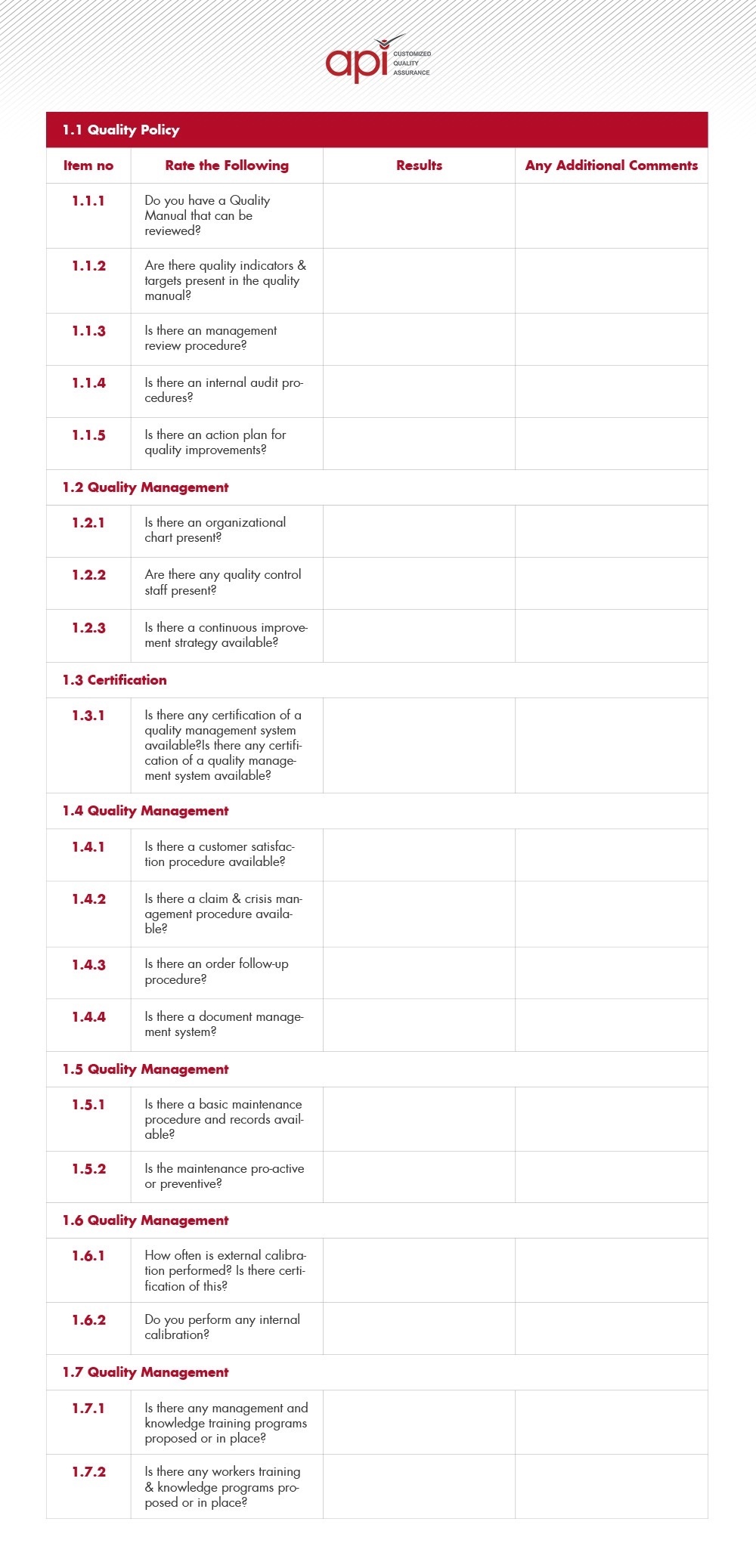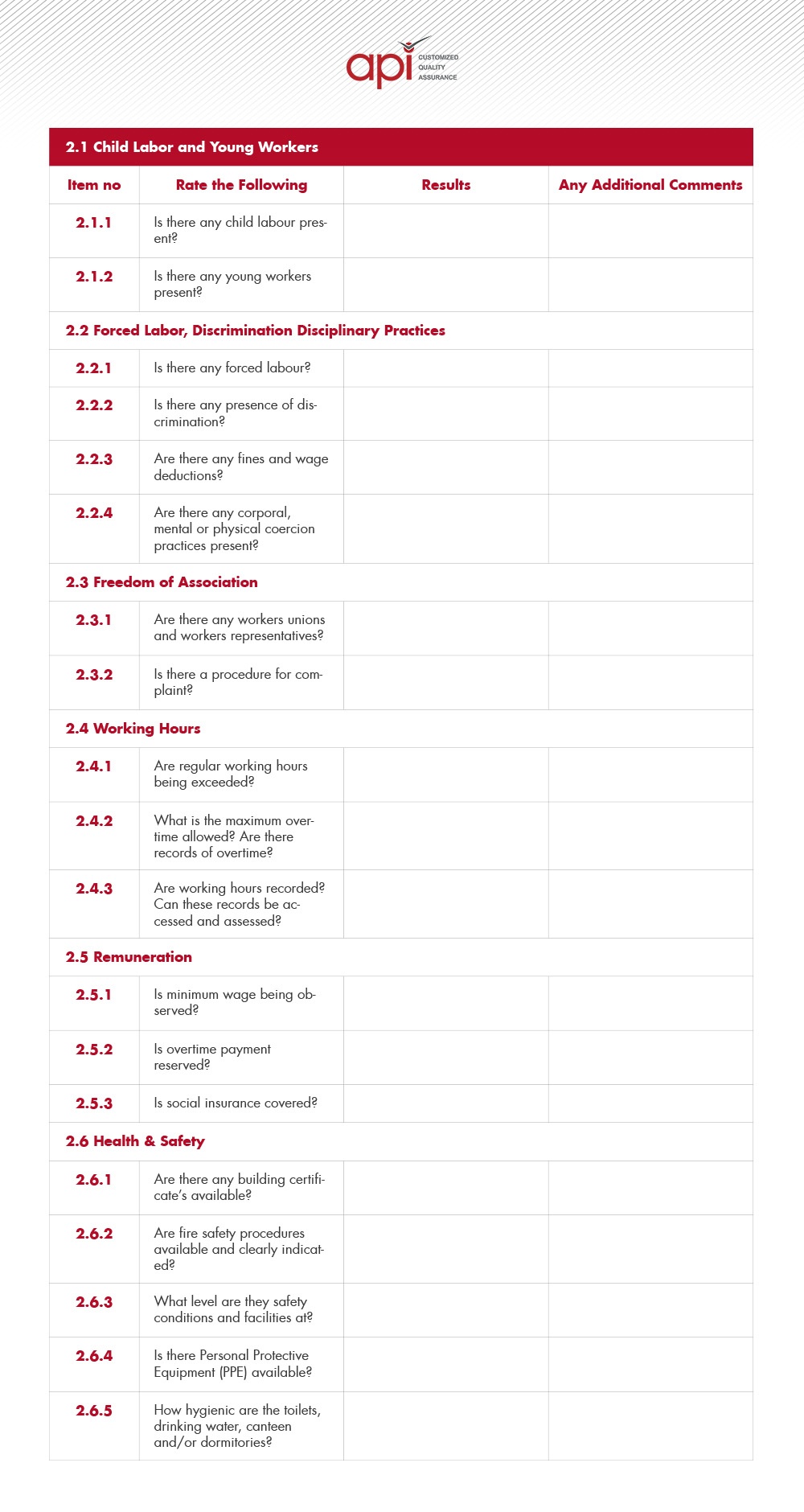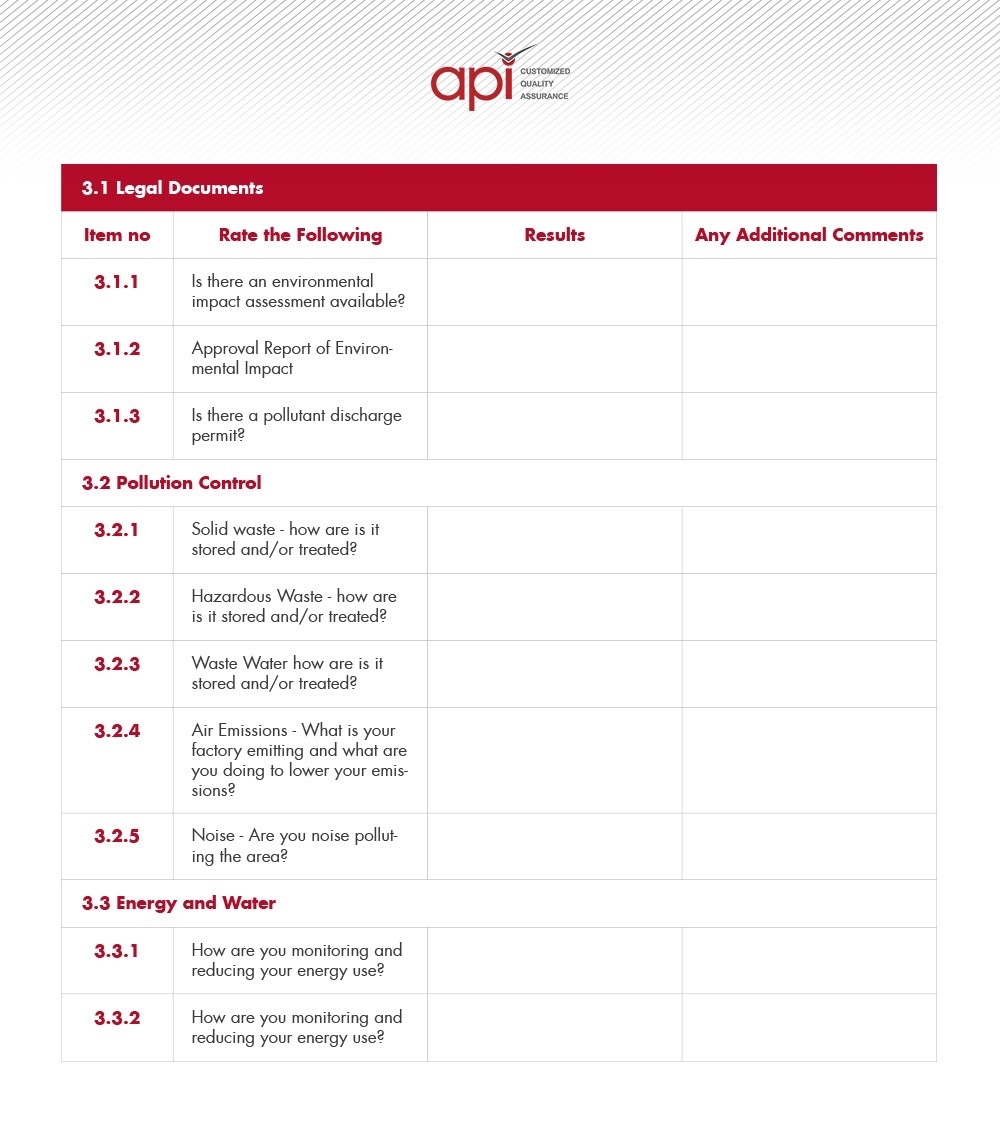Household goods manufacturing and supply chain operations remain under significant pressure, forcing the speeding up of processes in some cases to meet tight deadlines. An increasing need for agility and flexibility has introduced new risks as well as shortcuts and vulnerabilities that can lead to compliance and regulations violations.
With the pace at which the many complex parts of a supply chain must move to keep up with changes and disruptions, brands and retailers should be working with suppliers that can guarantee reliable outcomes without compromising the integrity of their processes and products. Strong visibility and understanding of the supply chain and adequate supplier mapping are essential steps for avoiding quality and compliance situations that don’t go according to plan.
The most effective way to address these challenges is to map your suppliers by performing factory audits, identifying areas of risk ahead of time and ensuring you work only with the most reliable partners. A factory audit will make certain that your supplier can produce your product to your expected levels of quality without jeopardizing supply chain integrity or compliance in destination markets.
Factory audits also help assess the risks that may be present with a particular supplier and provide direction on how to manage those risks.
The decision to work with a particular supplier will ultimately be up to you, but a factory audit will mean your decision is based on a trusted risk assessment with a presented improvement strategy.
The criteria for selecting the right supplier will naturally vary and depend not only on international requirements and regulations but also on industry best practices and brand values and guidelines. For example, you may request that a supplier apply stricter environmental measures to ensure eco-friendlier processes and reduce their impact on the planet.
Our checklist sample takes you through what a brief assessment of your supplier’s quality systems might look like, and touch on quality management, social, and environmental compliance.
The checklist example covers three main sections and includes some of the more common points when evaluating supplier performance in these areas:
1. Quality assurance & technical assessment
2. Social/health & safety assessment
3. Environmental audit assessment
The following guidelines can be followed for each process:
N/A: Process not available or not evaluated.
0 – Major non-conformity: Absence of procedure or proof of significant discrepancies in implementation. Corrective action will be designed for this process.
1 – Minor non-conformity: Incomplete procedure or proof of discrepancies in implementation. Corrective action will be designed for this process.
2 – Acceptable: Procedures are available and implementation is acceptable; however, opportunities for improvement exist. An opportunity for improvement can be designed for this process.
3 – Good: Procedure and implementation are acceptable; no opportunity for improvement identified.
4 – Best practice: Factory has designed and implemented the industry best practice.
Technical assessments will obtain an objective picture of your supplier’s organization and evaluate their capabilities in the following areas, among others:
When evaluating a supplier’s capacity, some of the most frequently considered points include:
Quality manual and procedures demonstrate revision control (sign-offs and dates), history of changes.
Example of a quality audit checklist:

Thanks to its manufacturing and product knowledge and experience on the field, API is able to customize its QA solutions based on your specific needs and requirements. API will provide the supplier information on how they can go about improving various things within a factory. This information will be relayed back you, the retailer, where you will gain insight into your potential supplier and their factory operations to ensure compliance across the board.
The objective of a social audit is to provide an unbiased image of a supplier organization and practices according to local laws and international standard as well as your internal code of conduct.
Thanks to an adequate assessment of your pool of suppliers, your company can protect its brand image and improve its competitiveness. Managing your social risk should bring associated costs saving and should also foster long-term cooperation with a selected pool of suppliers.
To evaluate your supplier’s ability to meet the expected social, health & safety requirements, some of the more critical areas typically covered by a social audit include:
The social audit assesses the social systems and structures that your supplier has in place and is normally based on the standards as laid out by the SA8000 and ETI Based Code. As a professional third-party auditing company, API is able to provide their industry expertise and longtime experience to aid you in achieving your social compliance certification. In addition to this analysis, our team will also define a corrective action plan and can also help you in the implementation and follow-up of this list of actions.
Example of social audit checklist:

It’s not new that supply chains are under increasing scrutiny to ensure environmentally friendly processes. In the context that we are currently living it’s important to verify that your suppliers are aligned with the relevant requirements and regulations to ensure a sustainable supply chain, and that they comply as well with your brand requirements and expectations. The best way to obtain a good level of visibility is by performing and environmental audits assessment to evaluate all relevant criteria and improve the environmental and chemical performance of your suppliers.
In order to evaluate your supplier’s ability to respect the environmental requirements some of the most critical areas usually covered during an environmental audit will cover the below:
API sustainability team can help you assess the environmental and chemical performance of your suppliers with an accurate evaluation and adequate action plan to reduce the impact of your supplier’s processes and ensure that you are in the right path to achieve your sustainability goals and meet your customer’s demands.
Our on-the-ground expertise and our strong presence on the field allow us to have a deep knowledge of the factories processes, challenges and the applicable regulations. We understand your processes, factories and products, and are able to provide bespoke sustainability services that will result in higher levels of efficiency.
Example of environmental audit checklist:

An adequate factory audit allows you to have a better visibility of your supply chain, starting with the relevant insights of your suppliers’ quality control processes and manufacturing capabilities, social and environmental practices to identify the best performing suppliers and those with the higher risk. This allows you to select your pool of suppliers accordingly and empowers you to strengthen those weaker processes where needed.
An adequate audit checklist will help ensure:
This approach allows you to build a more collaborative relationship with your supplier, where you supplier has a more invested approach to your brand and its product. It helps to ensure top-class quality systems and a mutually beneficial relationship between supplier and retailer and a better budget allocation to focus where risks are high.
Interested in learning more about how API can help you with our audit solutions?

Want to know more about one of our many services? Contact us to find out more information about what API can do for your company today.
Address
Copyright © 1981 – 2022 API. All Rights Reserved.